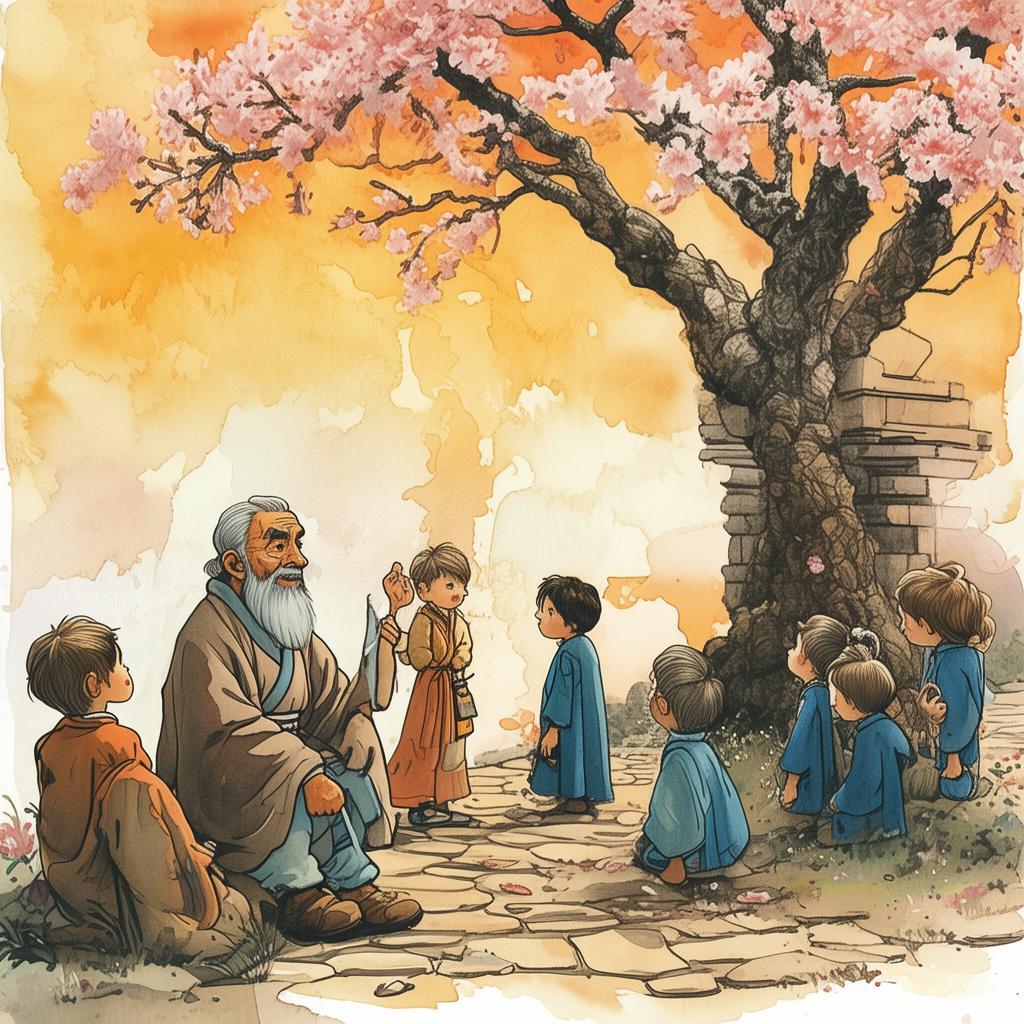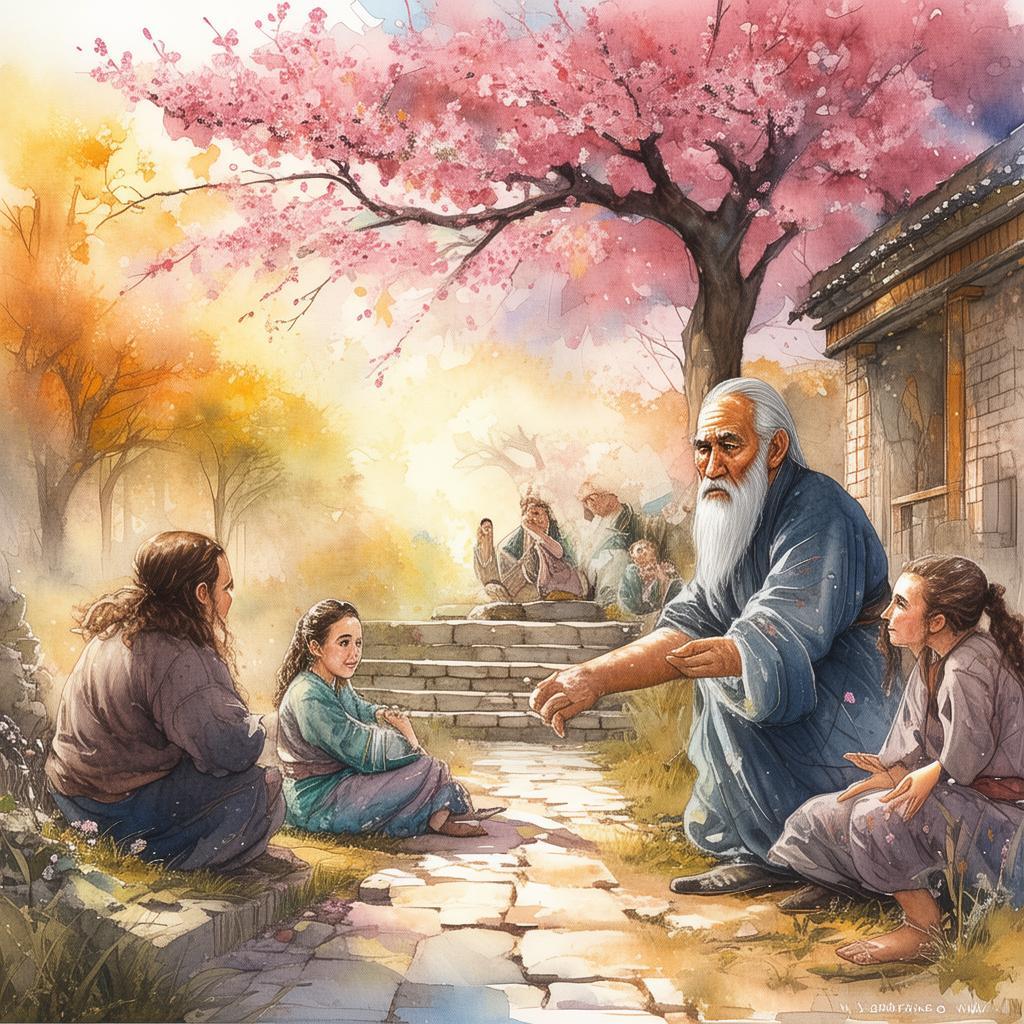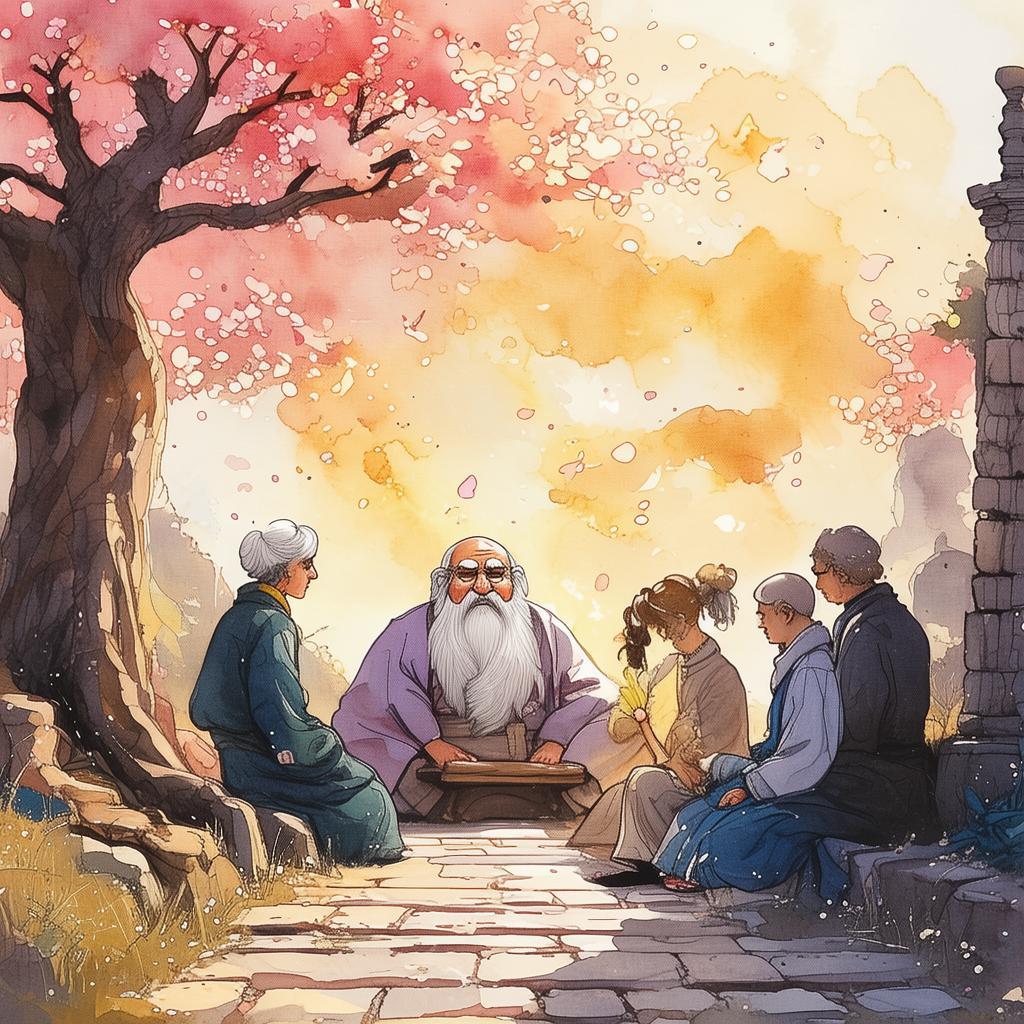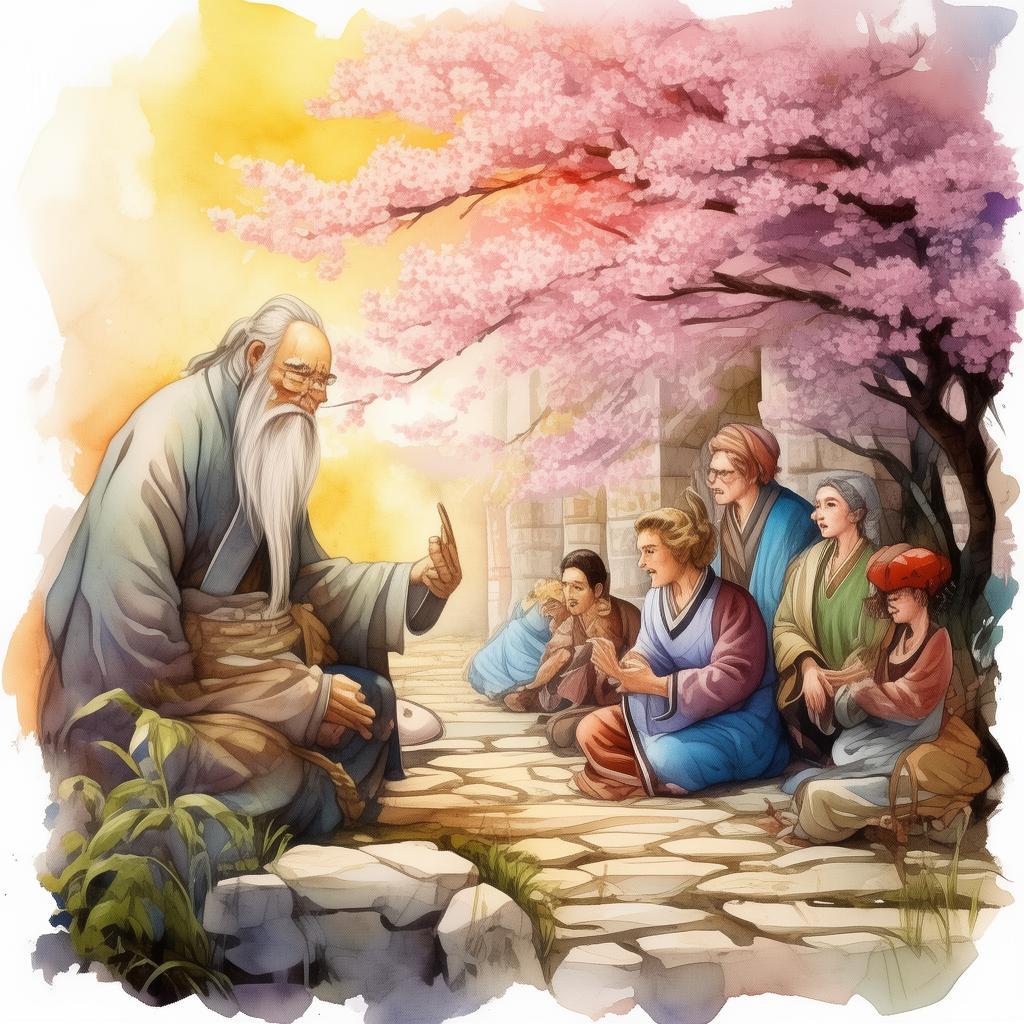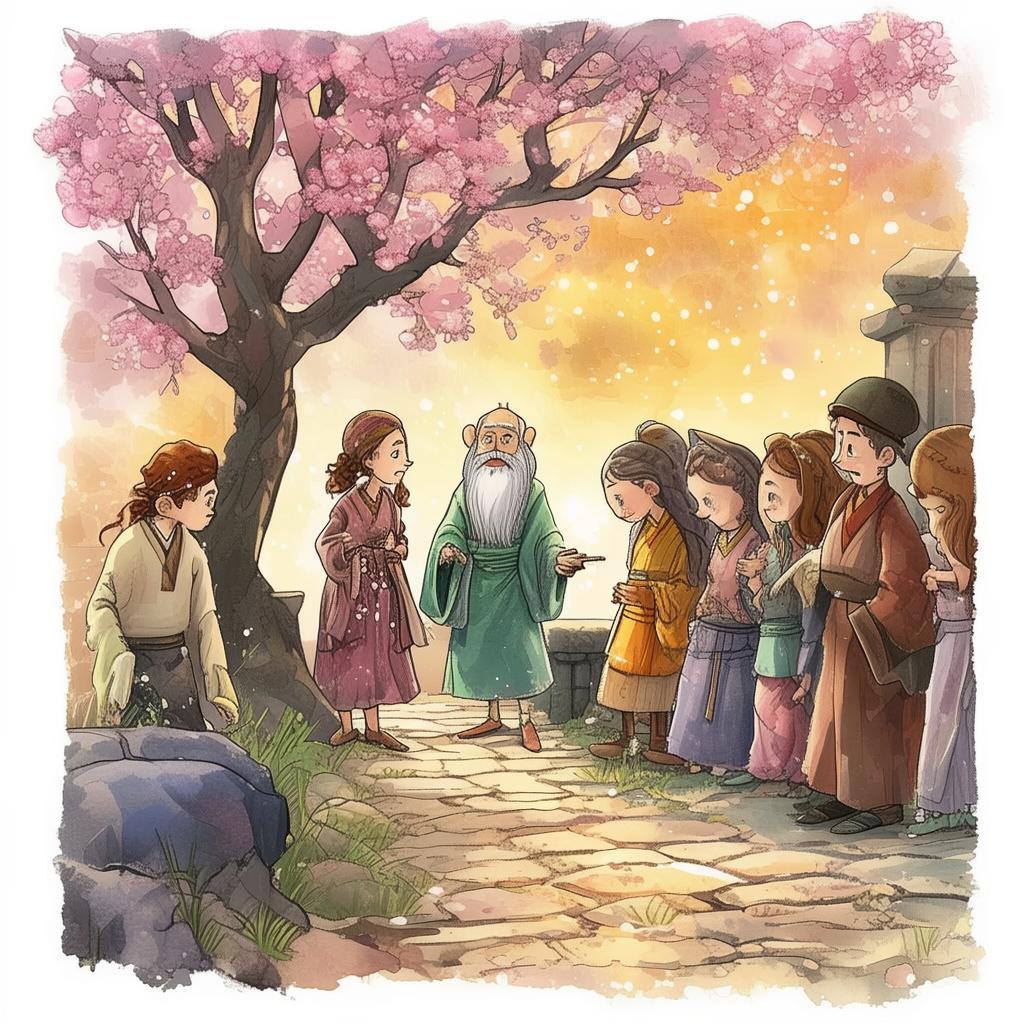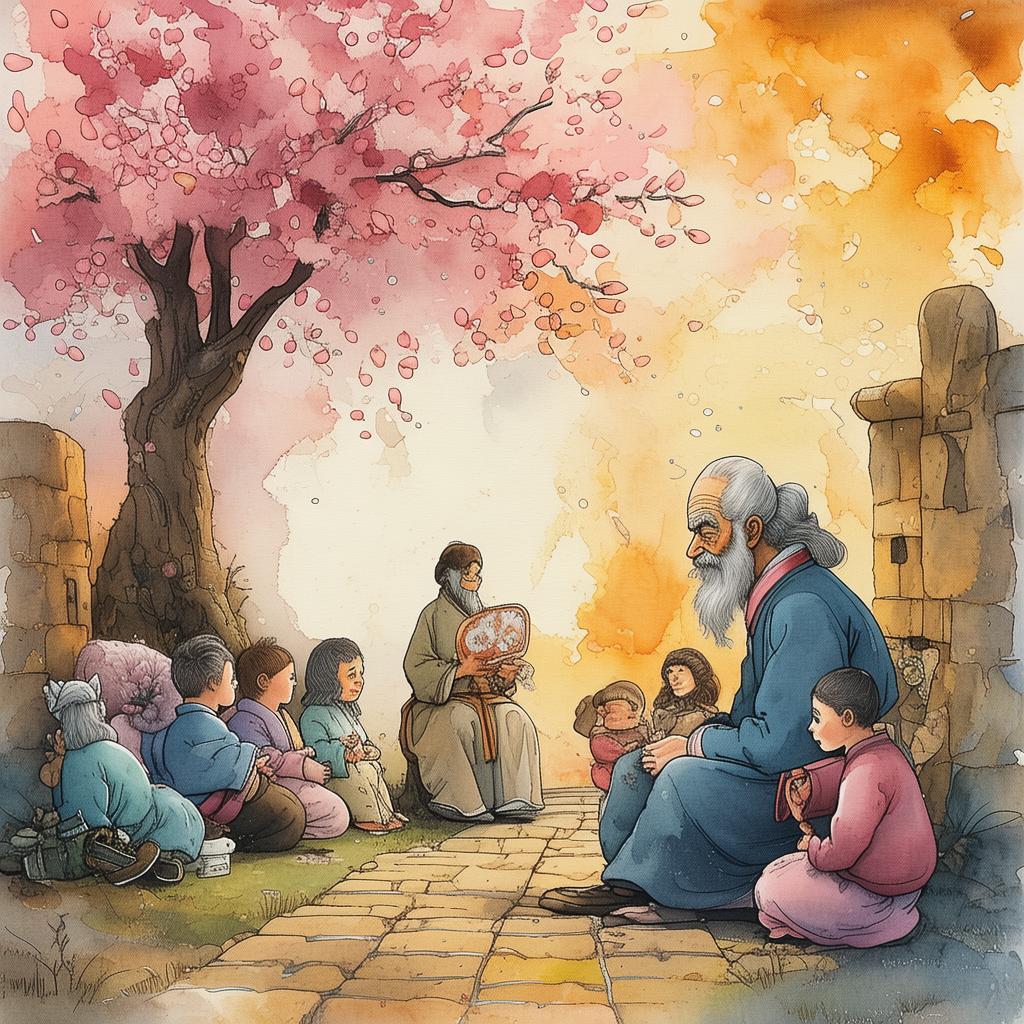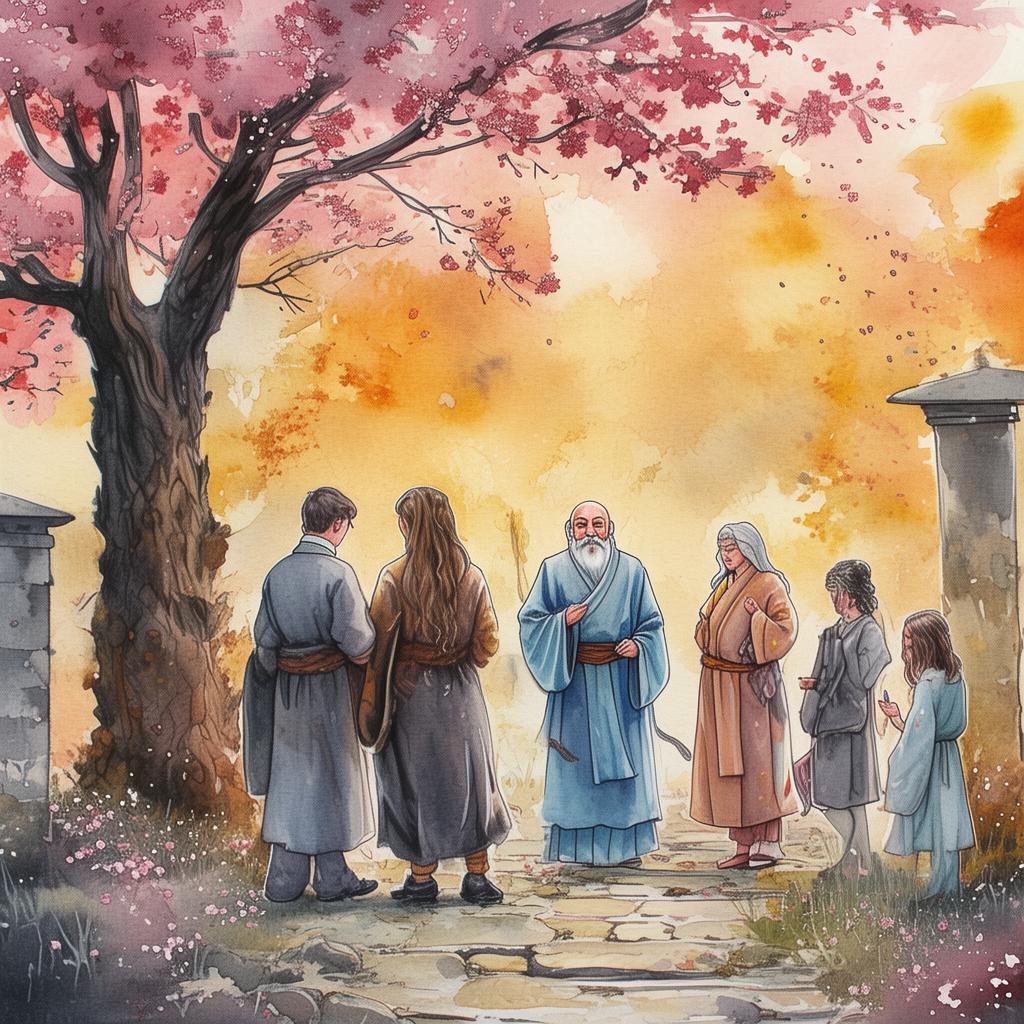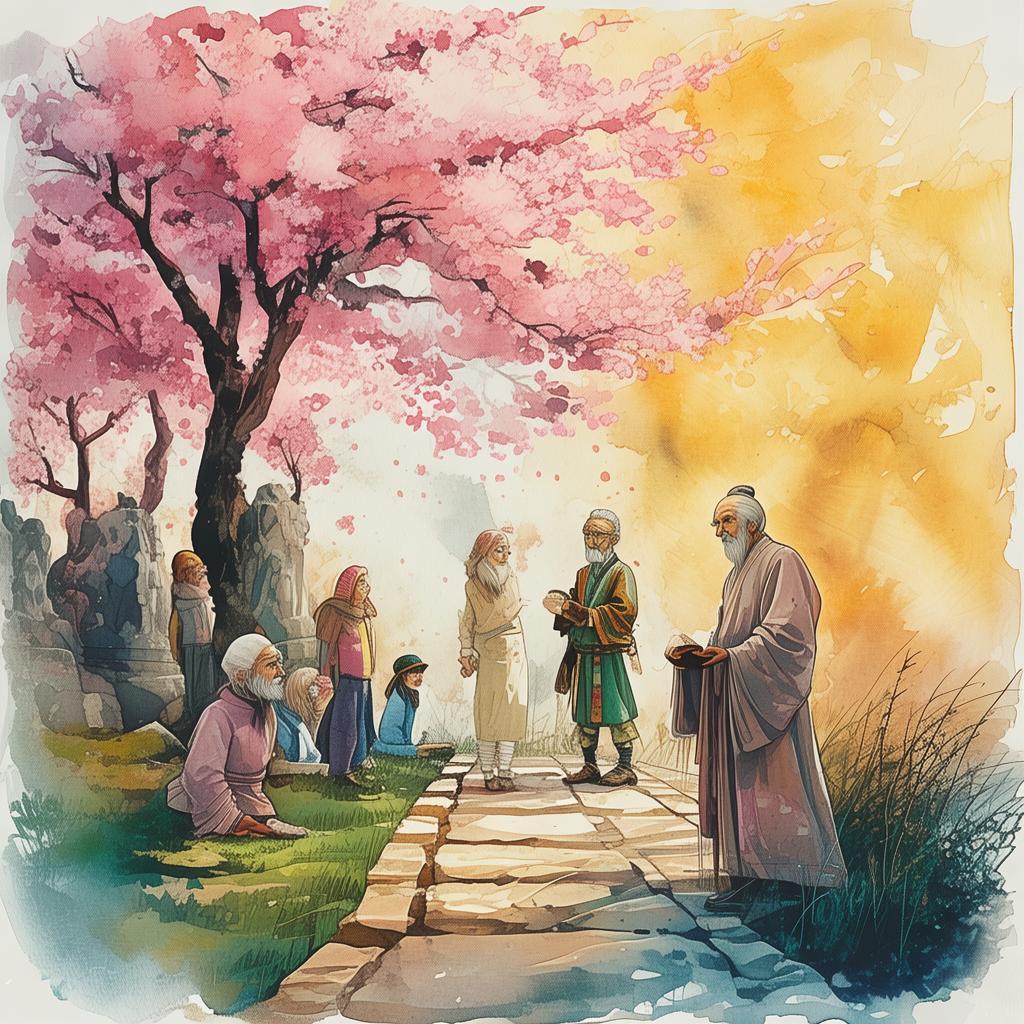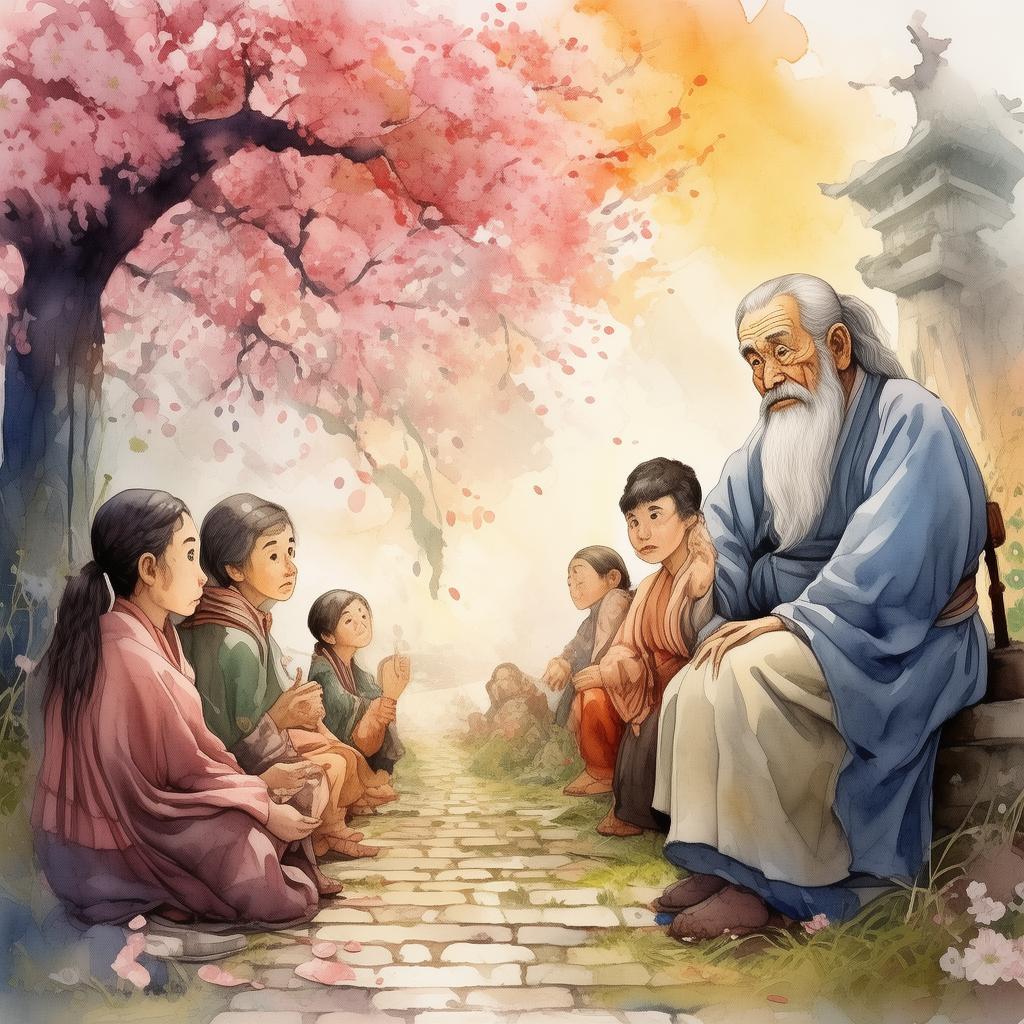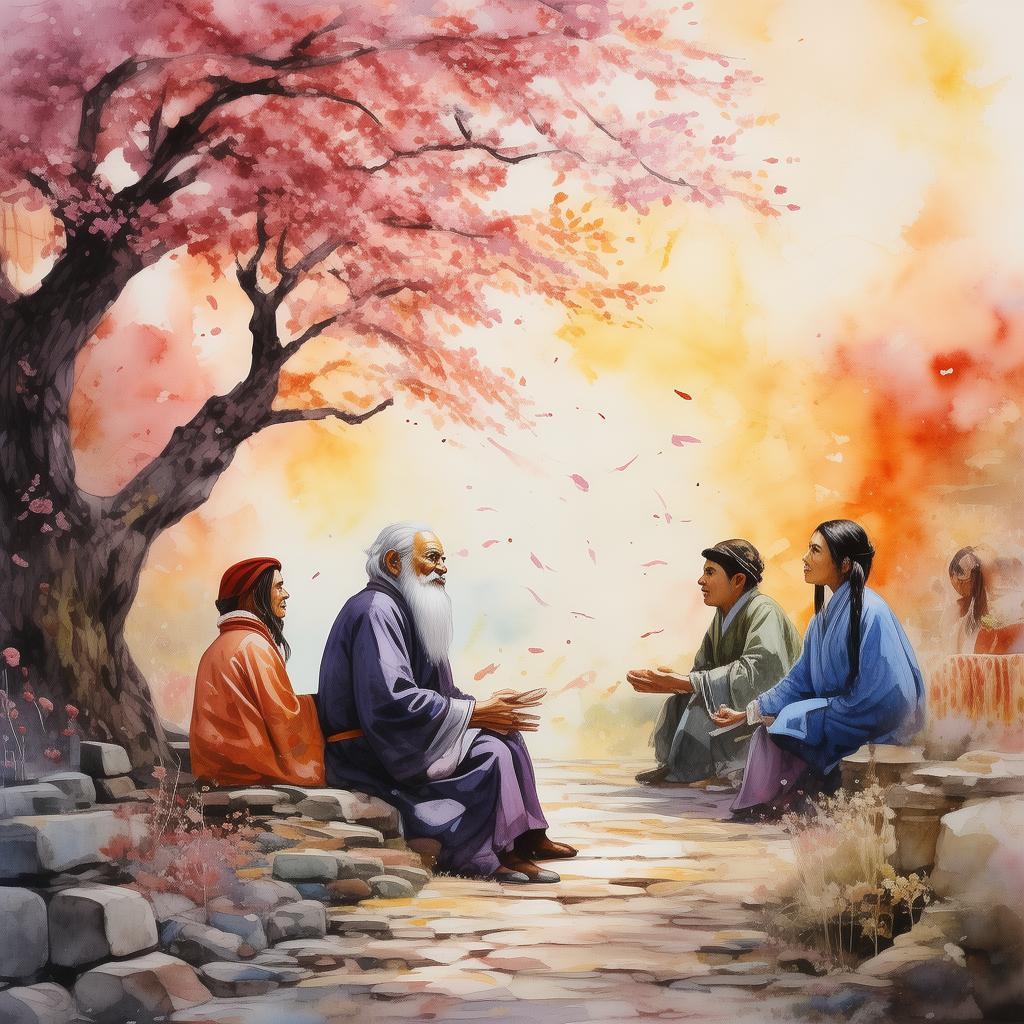Canvas of Conscience: The Betrayal of Trust
In the bustling heart of the capital, amidst the labyrinthine streets and the towering buildings, there lay an unassuming gallery known as The Canvas of Conscience. It was here that the renowned painter, Master Jin, had spent years crafting his most intricate and thought-provoking works. Each canvas was a reflection of his soul, a testament to his relentless pursuit of artistic truth and the exploration of human conscience.
Master Jin's latest creation, "The Betrayal," was a masterpiece in every sense. It depicted a figure in the midst of a moral dilemma, their face a canvas of internal conflict, as they held a stolen object that symbolized the ultimate betrayal of trust. The gallery was filled with art enthusiasts and critics alike, eager to see the master's latest work.
On the night of the unveiling, as the gallery doors closed, a shadowy figure slipped in, unseen. With deft hands, they made their way to the "The Betrayal" and, in a moment of darkness, removed the painting from its frame. The gallery's alarm went off, but the thief had vanished into the night, leaving behind nothing but a void where the painting once hung.
The next morning, the gallery was in an uproar. The painting, worth millions, had been stolen. The police were called, and the gallery was sealed off while they searched for clues. Master Jin, devastated and confused, was questioned by the authorities. He was a suspect, as he was the only person with access to the painting.
As the investigation unfolded, a series of events came to light that would challenge Master Jin's entire belief system. It was revealed that a former student of his, Li, had been working at the gallery, and he was the prime suspect. Master Jin, a man who had taken great care to nurture his students, couldn't believe that Li could be capable of such a crime.
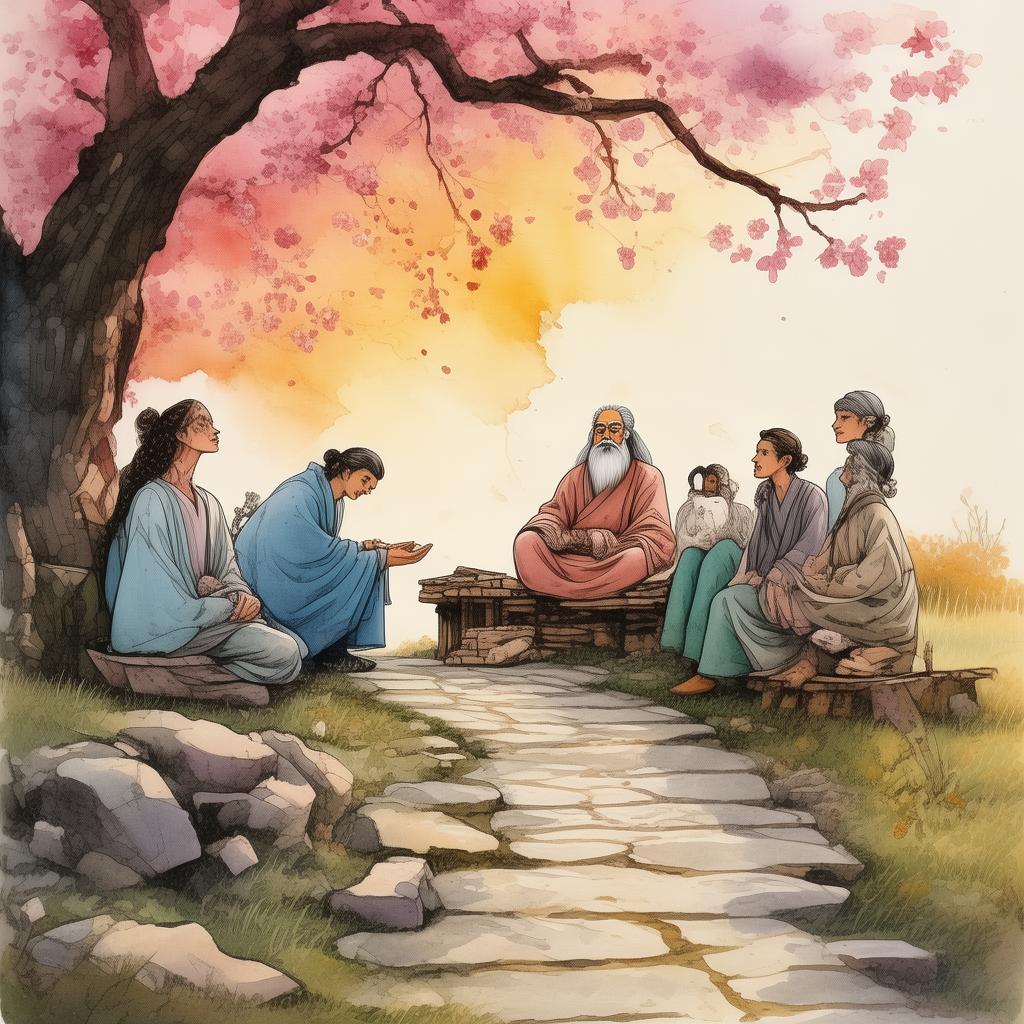
But as the story unraveled, a more complex web of deceit and betrayal was exposed. It turned out that Li had been working with an anonymous benefactor who had offered him a fortune to steal the painting. The benefactor had been a former mentor of Master Jin, who had abandoned him during a time of need, leaving him to struggle alone.
Master Jin was confronted with a dilemma that was far deeper than the theft of a painting. He had to confront the betrayal of his former mentor and the potential betrayal of his own student. As he delved deeper into the case, he discovered that his own conscience was at the heart of the conflict.
Li had been the first student that Master Jin had taken under his wing, nurturing his talent and helping him to navigate the treacherous waters of the art world. But Li's ambition had led him to the path of betrayal, and now Master Jin had to decide whether to forgive him or turn him over to the authorities.
The climax of the story came when Master Jin confronted Li in a secluded studio, away from the eyes of the world. Li confessed his actions, but his eyes were filled with a mix of fear and sorrow. He had been driven by greed and envy, but now he saw the error of his ways.
In a moment of clarity, Master Jin realized that the true value of "The Betrayal" was not in its monetary worth but in the message it conveyed. It was a story about the cost of trust, the power of conscience, and the possibility of redemption.
With a heavy heart, Master Jin decided to forgive Li, seeing in him the potential for growth and change. He challenged Li to create his own masterpiece, a piece that would express his own journey towards redemption and the power of forgiveness.
As the story concluded, Master Jin stood in front of Li's new painting, titled "The Path to Redemption." It was a powerful piece that mirrored the journey Master Jin had undergone, a testament to the enduring power of the human spirit and the capacity for change.
In the end, "The Canvas of Conscience" had not only been the title of Master Jin's gallery but also a reflection of his own life and the choices he had made. And in the process, he had uncovered the true meaning of trust and the cost of betrayal.
✨ Original Statement ✨
All articles published on this website (including but not limited to text, images, videos, and other content) are original or authorized for reposting and are protected by relevant laws. Without the explicit written permission of this website, no individual or organization may copy, modify, repost, or use the content for commercial purposes.
If you need to quote or cooperate, please contact this site for authorization. We reserve the right to pursue legal responsibility for any unauthorized use.
Hereby declared.
